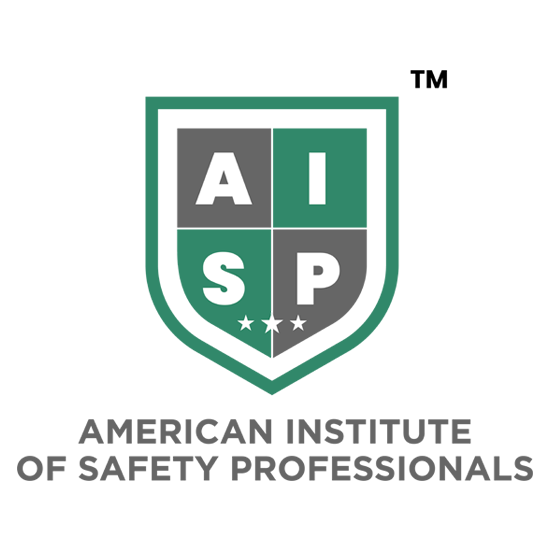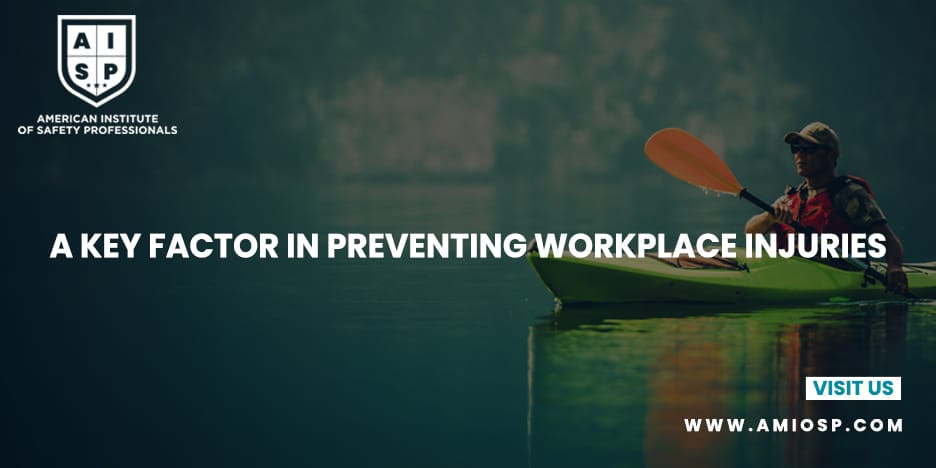Machine guarding is a critical aspect of workplace safety, especially in industries where machinery is involved. Properly designed and implemented machine guarding systems help prevent accidents, protect workers from hazards, and ensure compliance with safety regulations. In this blog, we will explore several real-life case studies that highlight successful machine-guarding solutions and their positive impact on workplace safety.
Reducing Injuries in a Manufacturing Facility
A large manufacturing facility was experiencing a high number of injuries related to the operation of heavy machinery. After careful evaluation, it was discovered that inadequate machine guarding was a major contributing factor to these incidents. To address this issue, the facility invested in a comprehensive machine guarding system.
The solution involved installing physical barriers around the machinery, integrating safety interlocks, and implementing sensor-based technologies. These measures ensured that the machinery would automatically stop if any unauthorized personnel entered the danger zones. The guards were also designed to allow necessary maintenance and servicing without compromising worker safety.
The results were remarkable. The number of injuries related to machine operations decreased by 75% within the first six months of implementing the new machine guarding system. The employees felt safer and more confident while working with the machinery, and productivity increased as a result.
Enhancing Safety in a Construction Site
Construction sites pose numerous hazards, and heavy equipment plays a vital role in the execution of various tasks. In one construction company, there had been several incidents involving workers being caught in the moving parts of machines, leading to severe injuries. The company recognized the urgency of improving machine guarding to prevent such accidents.
After consulting with safety experts, the company implemented a combination of engineering controls and administrative measures to enhance machine guarding. They installed physical barriers, safety trip switches, and emergency stop buttons on the equipment. Additionally, comprehensive training programs were implemented to educate the workers about the importance of machine guarding and safe operating procedures.
As a result, the number of accidents related to machinery decreased significantly. Workers felt more secure and were more aware of potential hazards associated with the equipment. This case study serves as a prime example of how proactive machine-guarding measures can significantly reduce injuries and save lives on construction sites.
Mitigating Risks in a Food Processing Plant
In food processing plants, machinery is used extensively to automate various tasks. However, these machines can present serious risks, such as entanglement, amputation, and crushing hazards. A food processing plant identified a need to enhance machine guarding after several near misses and minor accidents occurred.
The plant implemented a comprehensive machine guarding program that included the installation of fixed and adjustable guards, interlocking mechanisms, and safety light curtains. Additionally, regular inspections and maintenance checks were conducted to ensure the guards remained in proper working condition.
The results were significant. The plant experienced a substantial reduction in incidents and near misses, improving worker safety and minimizing production disruptions. Employees reported feeling more confident and valued, knowing that their employer prioritized their well-being through robust machine-guarding practices.
Conclusion
These case studies demonstrate the effectiveness of implementing proper machine-guarding measures in various industrial settings. By investing in comprehensive machine guarding systems, organizations can significantly reduce the risk of workplace accidents, protect their employees, and comply with safety regulations.
When designing machine guarding systems, it is essential to consider the specific hazards associated with the machinery and tailor the solutions accordingly. Collaborating with safety experts, conducting thorough risk assessments, and involving employees in the process can lead to successful outcomes.
Remember, machine guarding is not just a legal requirement; it is a vital aspect of ensuring a safe and productive work environment. By prioritizing machine guarding, organizations can prevent injuries, save lives, and cultivate a culture of safety within their workforce.












0 comments
No Comments